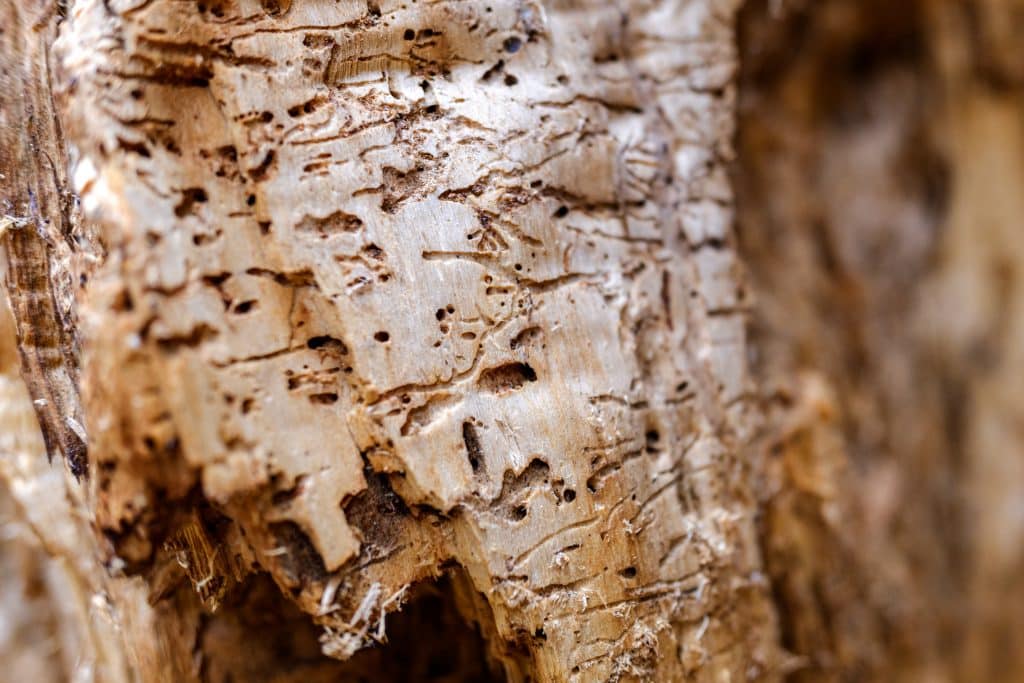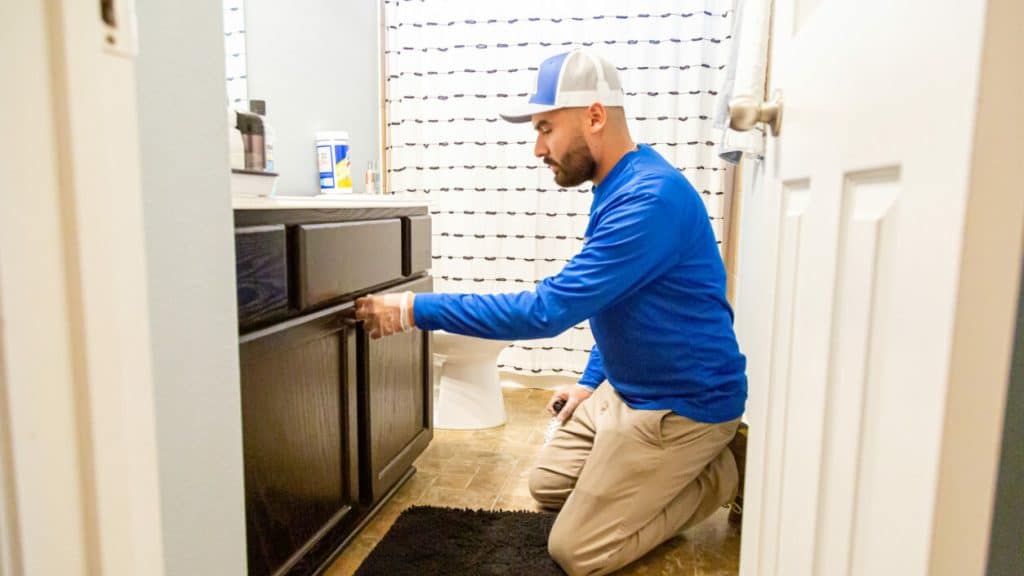Termites
Protect your biggest investment with proven termite control that stops damage before it spreads.

The Hidden Dangers of Termites in Texas Homes
Unlike pests that bite, sting, or contaminate food, termites are destructive in a different way—by silently eating away at the structure of your home. Causing more than five billion dollars in damage each year across the U.S., termites can remain hidden for months or even years before the damage becomes obvious. Signs like spongy floors, sagging ceilings, sticking doors or windows, and hollow-sounding wood often mean the infestation has already progressed.
In Texas, our yards provide termites with plenty of food and moisture, from decaying wood and mulch to leaky pipes and poor drainage. These pests travel through soil and mud tubes and can easily slip indoors through cracks in your foundation, vents, or other openings. Once inside, they spread through walls, floors, beams, and trim, weakening your home from the inside out. Professional termite control is the only way to fully eliminate colonies and prevent costly structural damage.

With Pest Arrest, You Get Peace of Mind
Trusted local experts protecting your home and family from Spring, Texas pests.
Thorough Inspections
Targeted Treatments
Year-Round Protection

How It Works
Free Consultation
A detailed 48-point consultation starts your pest control service off on the right foot.
Treatment
Our initial treatment will flush the active pests from your house as well as treat areas outside your home.
Follow-Up
Regular follow-up visits ensure your home stays free of harmful and destructive pests.
Our Happy Clients
I was really impressed at how friendly, straight forward and efficient the scheduling process was. Thanks Lacie!
Cat
Our service was performed by Enrique. He was efficient and friendly and obliging. He explained in detail what he was doing.
Alan R.
Mr. McKee was fantastic. He was extremely respectful and made sure that we had what we needed inside and outside our home.
Cassie H.
Request Your Free Consultation
Complete the form to schedule your no-obligation consultation.

